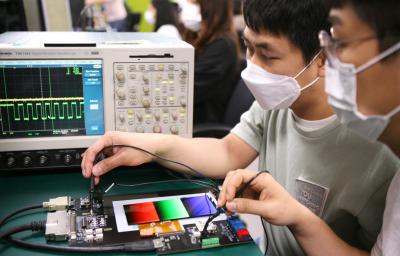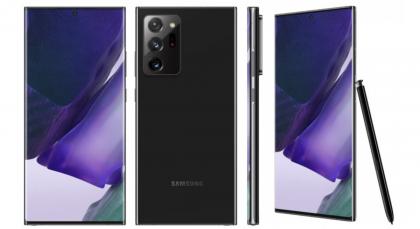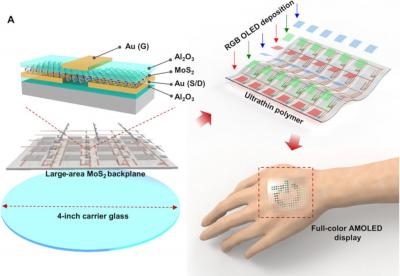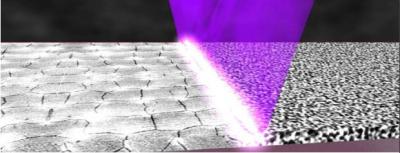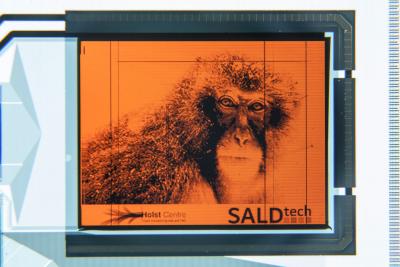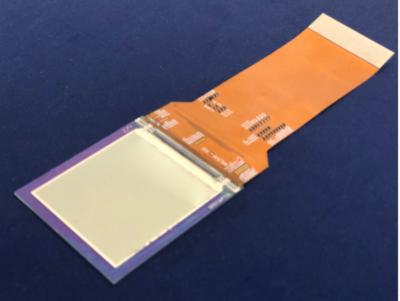Mattrix Technologies demonstrates a 4.7" VOLET AMOLED built on an LCD a:Si backplane
Organic-TFT backplane/emitter developer Mattrix Technologies has demonstrated a new AMOLED display prototype that is based on an amorphous-silicon (a:Si) backplane.
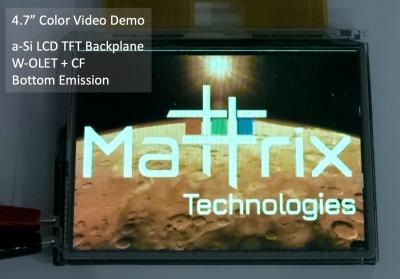
Mattrix believes that its proprietary vertical, organic light-emitting transistor (VOLET) pixel technology can dramatically reduce OLED production costs and improve display quality.
